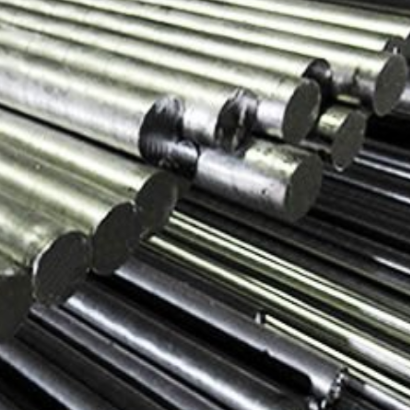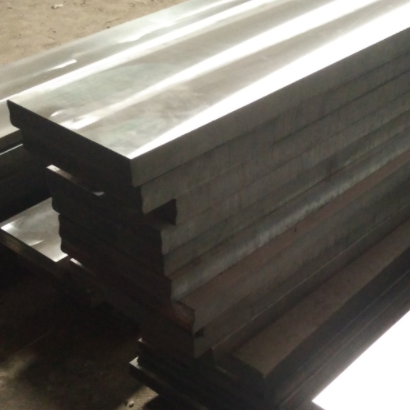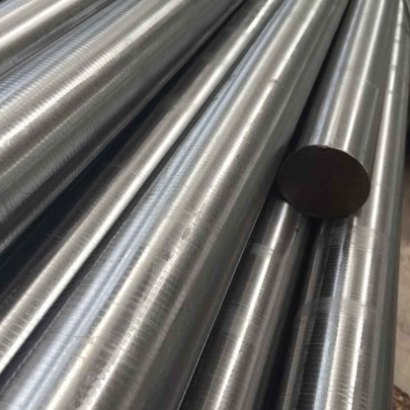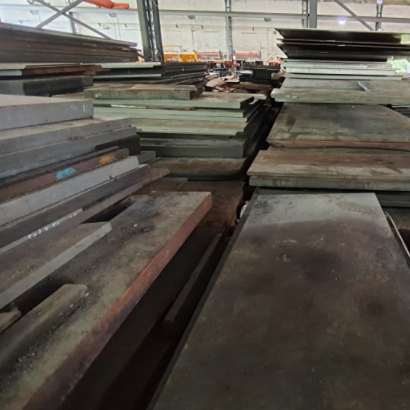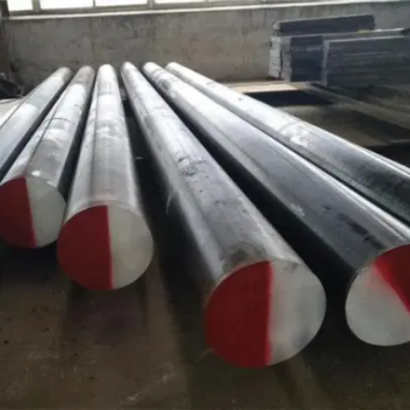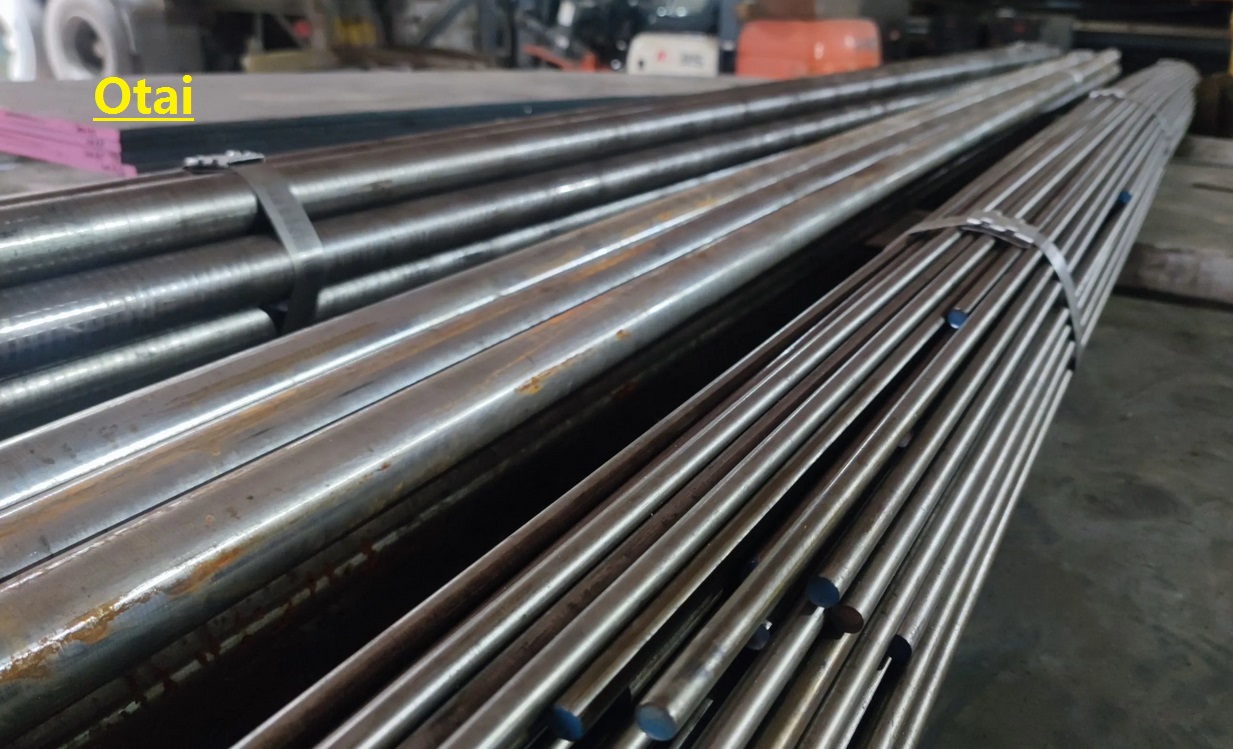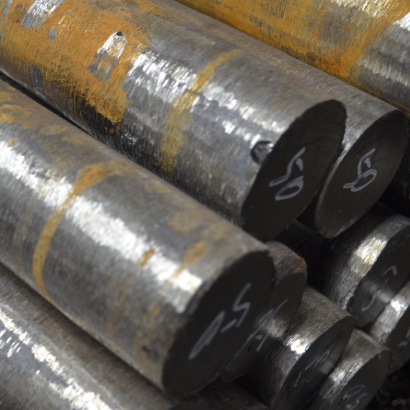Steel is a versatile and widely used material in various industries due to its excellent mechanical properties. Among the numerous steel grades available, 4340 steel and 9310 steel are popular choices for applications requiring high strength and toughness.
Mechanical Properties Comparison
Tensile Strength
4340 steel exhibits a high tensile strength, making it suitable for applications requiring heavy loads and high-stress conditions. On the other hand, 9310 steel also offers impressive tensile strength, albeit slightly lower than 4340 steel.
Yield Strength
4340 steel and 9310 steel both demonstrate good yield strength, indicating their ability to withstand deformation under stress.
Hardness
4340 steel can achieve high hardness levels through heat treatment, providing excellent wear resistance. 9310 steel also offers good hardness, making it suitable for applications where surface durability is essential.
Impact Toughness
Both 4340 steel and 9310 steel exhibit high impact toughness, ensuring their ability to absorb energy without fracturing under sudden loading.
Fatigue Resistance
4340 steel and 9310 steel show excellent fatigue resistance, making them suitable for components subjected to cyclic loading and prolonged stress.
Heat Treatment and Impact on Properties
Quenching and Tempering
Quenching and tempering are common heat treatment processes applied to both 4340 and 9310 steel to achieve the desired mechanical properties.
Case Hardening
9310 steel is often used for case hardening applications due to its high hardenability, providing a hard surface while retaining toughness in the core.
Applications in Industry
Both 4340 steel and 9310 steel find applications in various industries due to their exceptional mechanical properties. Some common applications include aerospace and defense components, automotive parts, and gear manufacturing.
Advantages and Disadvantages of 4340 Steel
4340 steel’s advantages include high tensile and yield strength, good hardness, and excellent wear resistance. However, it may have limitations regarding weldability and machinability.
Advantages and Disadvantages of 9310 Steel
9310 steel’s advantages include high hardenability, impact toughness, and case hardening potential. Nevertheless, it may have limitations in terms of cost and availability.
Choosing the Right Steel for Specific Applications
Selecting the appropriate steel depends on the specific requirements of the application. Engineers and manufacturers must consider factors such as load-bearing capacity, fatigue resistance, surface durability, and budget constraints.
Conclusion
In conclusion, both 4340 steel and 9310 steel are exceptional materials with unique mechanical properties. Their high strength, toughness, and wear resistance make them suitable for a wide range of industrial applications. The choice between the two steels should be based on careful consideration of the specific requirements of the project or application. By understanding the comparative analysis of the mechanical properties of 4340 steel and 9310 steel, engineers can make informed decisions and ensure the success of their projects.
